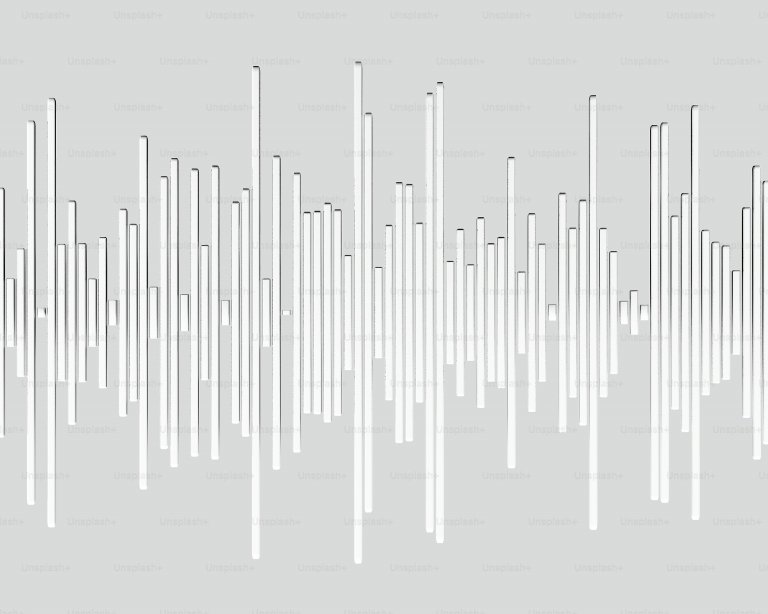Cords and Designs Used in Headphones
Introduction
Headphones have become an essential accessory for many people in their day-to-day lives. Whether it’s listening to music, watching videos, or making phone calls, headphones allow us to have a personalized and private audio experience. With the advancements in technology, the design and functionality of headphones have also evolved. In this article, we will discuss the different types of cords and designs used in headphones and how they contribute to our listening experience.
Cords Used in Headphones
The cord is an integral part of any headphone. It connects the headphones to the audio source and allows the audio signals to be transmitted. There are three main types of cords used in headphones – straight cords, coiled cords, and flat cords.
Straight Cords
Straight cords are the most common type of cord used in headphones. They are usually made of rubber or silicone and have a round shape. The length of the cord can vary, but they are typically around 1.2 meters long. Straight cords are flexible, easy to use, and provide a simple and clean design. However, they can easily tangle, making it inconvenient to carry around.
Coiled Cords
Coiled cords have a unique design that allows them to stretch and retract, similar to a telephone cord. They are commonly used in studio headphones and are preferred by DJs. The coiled design allows for the cord to be extended for a longer reach without getting tangled. However, coiled cords can be less durable than straight cords and can get damaged if pulled too hard.
Flat Cords
Flat cords are becoming increasingly popular in modern headphones. They have a flat shape, as the name suggests, and are made of silicone or TPE (Thermoplastic Elastomers). The flat design ensures that the cord does not tangle easily, making it more convenient to carry around. Flat cords are also more durable and less prone to wear and tear compared to straight and coiled cords.
Designs Used in Headphones
Apart from the cords, the design of the headphones also plays a significant role in providing comfort, durability, and functionality. Let’s take a look at some of the different designs used in headphones.
Over-Ear Headphones
Over-ear headphones have large-sized ear cups that entirely cover the ears. They provide maximum comfort and noise isolation, making them popular for long listening sessions. The headband is usually adjustable and padded for a snug fit. Over-ear headphones are suitable for home use or in quiet environments as they can be bulky and may not be convenient for outdoor use.
On-Ear Headphones
On-ear headphones have smaller ear cups that sit on the ears instead of covering them. They are more compact than over-ear headphones and are suitable for use outdoors. They provide a good level of noise isolation and are lighter than over-ear headphones. However, they may not be as comfortable for extended use as they can put pressure on the ears.
In-Ear Headphones
In-ear headphones, also known as earbuds, are the most compact and portable option. They are small, lightweight, and fit inside the ear canal. In-ear headphones provide decent noise isolation and are suitable for use on the go. However, some people may find them uncomfortable, and the sound quality may not be as good as over and on-ear headphones.
Wireless Headphones
Wireless headphones have become increasingly popular due to the convenience they offer. They use Bluetooth technology to connect to devices, eliminating the need for cords. Wireless headphones come in different designs, such as over-ear, on-ear, and in-ear, providing a wireless option for every preference. They allow for freedom of movement and are suitable for outdoor use. However, they may be more expensive than wired headphones, and the sound quality may vary depending on the Bluetooth connection.
Conclusion
In conclusion, the cords and designs used in headphones play a crucial role in providing a comfortable and convenient listening experience. The type of cord used affects the portability and durability, while the design determines the level of comfort and noise isolation. With the various options available, it’s essential to consider your needs and preferences when choosing the right headphones for you.

